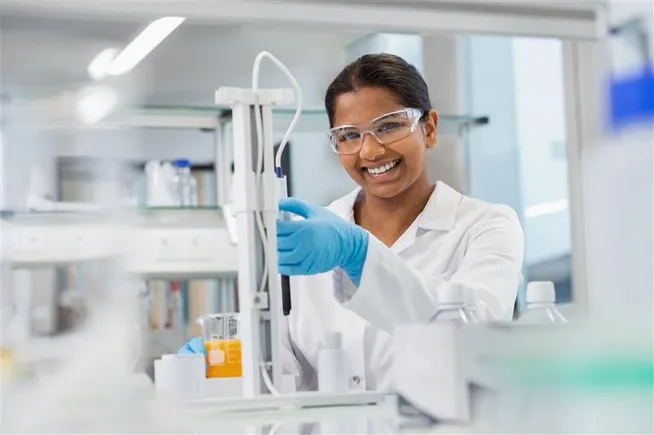Table of Contents
In the highly competitive food and beverage industry, the path from concept development to a market-ready product is fraught with challenges. Each decision made along the way can have a significant impact on both finances and reputation.
Food formulation goes beyond just creating a tasty product. It involves managing complexities such as balancing chemical interactions, controlling environmental factors, and ensuring consistency across large-scale production. Without precise data and control over these variables, even the most promising product ideas can become uncertain. This is where advanced laboratory instruments play a crucial role, not just as tools but as drivers of efficiency, innovation, and quality assurance.
The intricate world of food formulation
Every food item on the supermarket shelf is a testament to technical precision. For example, achieving the perfect snap and glossy finish in chocolate requires meticulous calibration of factors like fat content, melting point, and tempering process. This ensures that the product maintains consistency from the research and development stage to actual production, even under varying storage and distribution conditions.
Similarly, creating a plant-based milk alternative that mimics the texture and richness of traditional dairy products while remaining stable in different temperatures involves considerations like pH, viscosity, and emulsification.
These examples underscore the delicate balance of art and science in food formulation, where precision and consistency are essential. In an industry with narrow margins and high consumer expectations, leveraging advanced analytical tools becomes imperative.
Data-Driven Precision: The Strategic Significance of Laboratory Instruments in Food Formulation
Laboratory instruments should not be viewed as standalone tools but as facilitators of strategic outcomes. These instruments provide vital data to make informed decisions at every stage of a product’s lifecycle.
- Managing variability in ingredients: Raw ingredients often vary due to seasonal changes, supply chain discrepancies, or geographic variations. Instruments like titrators, moisture analyzers, pH meters, and thermal analysis systems empower food scientists to adjust formulations swiftly, ensuring quality and minimizing disruptions in production. This helps in avoiding costly recalls or reformulations while ensuring consistent product quality.
- Accelerating innovation: Innovation in the food industry is a collaborative process where new formulations need to be tested and refined for sensory appeal, stability, and compliance. Laboratory tools enable research and development teams to test hypotheses, optimize formulations, and expedite product launches. This results in shorter innovation cycles and a competitive advantage in responding to trends like plant-based or low-sugar products.
- Enhancing cost efficiency: Precision instruments play a vital role in reducing the overuse of expensive ingredients, optimizing processing conditions, and minimizing waste. For instance, measuring sugar content using refractive index tools ensures the right level of sweetness without unnecessary costs. Similarly, controlling moisture levels in potato chips ensures the desired texture without risking spoilage.
- Meeting regulatory and consumer standards: Food safety and compliance are non-negotiable. Laboratory instruments offer detailed insights to navigate stringent regulations, from monitoring pH levels in acidified foods to ensuring salt levels comply with sodium reduction initiatives. This mitigates the risk of penalties and builds consumer trust.
Transforming Tools into Strategic Solutions
While laboratory tools are crucial, their true value lies in the outcomes they enable. These instruments empower teams to:
Ensure consistency: Consumers expect uniformity in taste and quality across products. Precise measurements ensure consistency, safeguarding brand reputation and customer loyalty.
Promote sustainability: Precision tools enable manufacturers to optimize resources, reduce waste, and achieve sustainability objectives without compromising quality.
Adapt to trends: Laboratory instruments provide the data necessary to innovate in response to evolving consumer preferences, whether it’s developing gluten-free, plant-based, or low-calorie alternatives.
Conclusion
Food formulation is a blend of creativity and science, with laboratory instruments serving as the bridge between the two. These tools are strategic investments that ensure consistency, foster innovation, and deliver long-term value.
In a fast-paced business landscape, successful companies embrace precision, leverage data, and consider their laboratory tools as growth partners.

